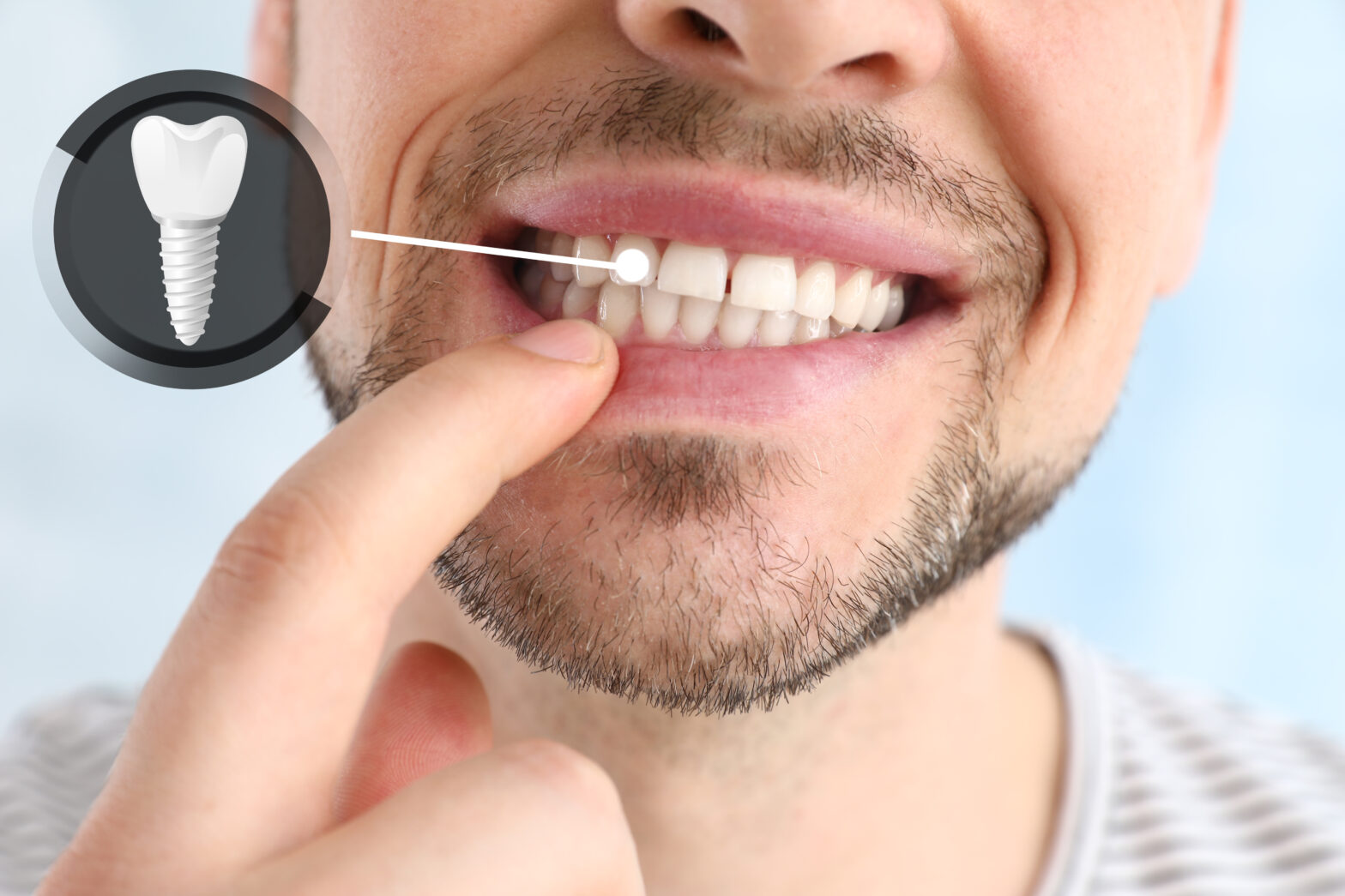Longevity and Durability of Dental Implants

The invention of dental implants is widely considered a breakthrough in modern dentistry. Imagine a person being able to smile or chew properly again after losing their natural teeth to aging or disease thanks to these replacement teeth. Emphasis on “modern” because it never used to be this way back then.
While the use of tooth implants we know today dates back to the 1960s, the concept goes thousands of years back. Archaeological evidence suggests that people then shaped artificial teeth out of bamboo, ivory, precious metals, or even real teeth. As to how effective they were in the task they were made for, at least they stayed in their mouths long enough to be dug up.
Modern dental implants for New Albany patients are clearly far better and last longer. But how long can they stand the test of time before they give? That’s what we’ll be discussing.
An Implant’s Inner Workings
As good enough as traditional dental implants of millennia past were for their time, they all had one major shortcoming. They lacked what dentists call biocompatibility.
Few, if any, dental implant materials could bond to body tissue—in this case, the gums—without any negative side effects. Among metals, none is more biocompatible than titanium. You probably know it for being strong and lightweight, which means less of a burden for one’s mouth. When fashioned into an implant base, its grooves help it bond to the tissue more.
In a way, the titanium root is the most important part of a dental implant because it holds the whole thing together. Without its biocompatibility, not only will the dental implant not be steady, but it also risks inflammation. The most common is peri-implantitis, wherein the infection results in the gums around the dental implant degrading, similar to gum disease.
The rest of the implant consists of the abutment (usually made of the same material as the root) and the crown (typically made out of porcelain due to its striking resemblance to real teeth). Should the dental crowns sustain damage from, say, biting on something too hard, it can be repaired or swapped out with relative ease.
Made to Last But Can Fail

Modern dental implants are built to last a lifetime, and their use of titanium is proof of that. That said, nothing made by human hands lasts forever, and tooth implants are no exception.
One study by researchers in France found the failure rate of dental implants for the first six years is at 3.11%, meaning roughly 97% survive. However, certain factors can increase the failure rate, such as the bone being less dense, pre-implant bone graft, and—this shouldn’t be surprising—the person’s lifestyle.
Meanwhile, a large-scale study of over 10,000 implants among over 4,000 patients logged a failure rate of 3.3% over 22.2 years. The recorded survival rates are as follows:
| Years Since the Implant Date | Implant-Level Survival Rate* | Patient-Level Survival Rate** |
|---|---|---|
| 3 Years | 98.9% | 97.4% |
| 5 Years | 98.5% | 96.7% |
| 10 Years | 96.8% | 92.5% |
| 15 Years | 94.0% | 86.0% |
**Factors like age, gender, lifestyle, and existing oral health and medical conditions
If we’re talking about the implant itself, there’s no doubt that it’ll last beyond the wearer’s lifetime. The dental crown may require a replacement every 10 to 20 years, depending on factors like eating habits and lifestyle choices, but the titanium root won’t degrade too easily.
The issue of implant longevity often comes at the patient level, where the survival rate, based on the chart above, decreases by more than 1% every year. Regardless of whether or not it’s intact, an implant that causes more problems than it solves has failed in its one job.
Causes of Dental Implant Failure
For a dental implant to fuse with the gum bone, there must be enough of it around its area. Dentists say a Type-II bone is the ideal environment for an implant thanks to its balance of bone density and blood supply. It’s also the fastest to integrate the implant, which takes an average of four months.
You probably know where we’re going with this. If there isn’t enough bone for the implant to anchor itself to, the risk of failure increases. While some causes are beyond one’s control, the majority of them are preventable with a major lifestyle change.
| Cause of Failure | Description | Failure Rate |
|---|---|---|
| Smoking | Although not yet completely understood, the tobacco in cigarettes has been known to alter bone composition and density, not to mention extending the time required for bone mineralization. | Between 6.5% and 20%, the risk is highest among those who smoke more than 10 cigarettes daily |
| Heavy Drinking | Alcohol is known to affect the post-implant recovery process, from interfering with the dental implant’s integration to supplying the bone with blood carrying decreased oxygen. | 4.7 to 12.6 times higher than mild and moderate drinkers |
| Bruxism | Repeated grinding of teeth, especially during sleeping, puts undue pressure on the implant. The resulting problems range from minor implant motions to implant fractures. | 2.2 times higher than the failure rate for non-bruxers |
| Poor Dental Hygiene | A lack of regular brushing and flossing can set helpful conditions for bacteria to thrive in the mouth, which can lead to further dental health problems down the line, namely peri-implantitis. | Between 5% and 10%, either brushing or flossing alone won’t be enough to lower a person’s risk |
These causes don’t necessarily disqualify a patient from receiving dental implant treatment. Given all this, the measures for making them last are clear.
- If you aren’t a smoker, don’t think about trying smoking. Otherwise, begin the long and slow process of quitting this harmful habit. Get ample help from professionals and relatives if you need to.
- Drink responsibly. While some studies suggest that moderate drinking helps lower an implant’s failure rate, we strongly advise waiting for at least two weeks following the operation before consuming any to avoid dental implant complications.
- Seek a dentist to know what you can do to stop grinding your teeth inadvertently. Aside from the measures explained so far, they may also recommend wearing a mouthguard or taking medications.
- Practice regular brushing and flossing. Avoid brushing the implant area for the first 24 hours after the successful dental implant procedure to help with recovery—that includes the tooth and gums.






